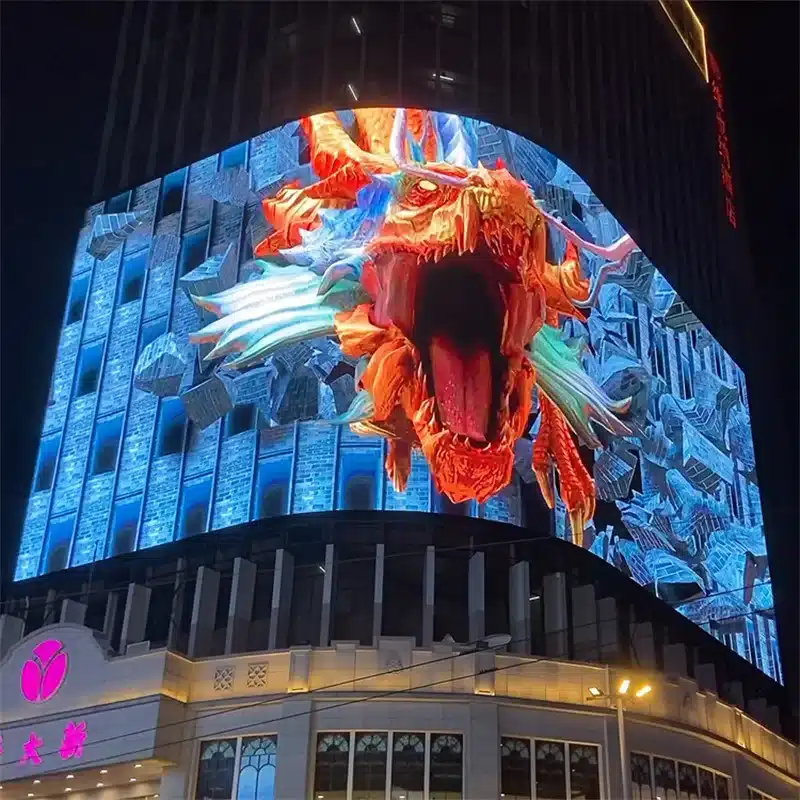IPS display and LED display: Which is your best choice?


In modern life, display screens are everywhere. From computer monitors at work to TV screens for entertainment at home, to mobile phone screens for daily use, the quality of the display screen directly affects our user experience. Among the many display technologies, IPS display screens and LED display screens are the two most common ones. Between the two, which display screen is better? This article will analyze the advantages and disadvantages of these two technologies in detail to help you find the display screen that suits you best.
We need to understand what IPS display screens and LED display screens are. IPS (In-Plane Switching) display screens are a type of liquid crystal display technology that provides a wider viewing angle and more accurate color reproduction by changing the arrangement of liquid crystal molecules. LED (Light Emitting Diode) display screens use LED backlights to illuminate the display screen. Compared with traditional CCFL (cold cathode fluorescent lamp) backlights, LED technology can provide higher brightness and longer service life.
In terms of color performance, IPS display screens undoubtedly have the upper hand. IPS technology can provide a wider color gamut and more accurate color reproduction, which is especially important for designers, photographers and other users with high color requirements. Regardless of the angle from which you watch, the IPS display screen can ensure color consistency without color cast. Although LED displays have advantages in brightness, their color expression is relatively limited due to their backlighting method, especially in the display of high dynamic range (HDR) content, where IPS displays perform better.
Viewing angle is also an important consideration. IPS displays are known for their 178° wide viewing angle, which allows the picture to remain clear and undistorted whether viewed from the front, side, top or bottom. This is very beneficial for scenes that require multiple people to watch at the same time (such as meetings and home entertainment). Traditional LED displays are slightly insufficient in viewing angle, especially when viewed from the side, where the brightness and color of the picture tend to be greatly attenuated.
Of course, LED displays also have their own unique advantages. LED displays have higher brightness, especially in strong light environments, where LED displays can provide better visibility. LED displays have relatively low power consumption, which means they are more energy-saving and environmentally friendly when used. LED displays tend to be thinner in thickness, which makes them more suitable for scenes with strict space requirements, such as ultra-thin TVs, mobile phone screens, etc.
In terms of color expression and viewing angle, IPS displays perform better, while in terms of brightness and energy saving, LED displays have more advantages. Which display is more suitable for you? This also needs to be determined in combination with your specific needs.
When choosing a display, in addition to color performance, viewing angle and brightness, response time and price are also important factors to consider.
Response time refers to the time it takes for a display to completely disappear from displaying an image. For gamers or users who need to watch fast-moving images, response time is a crucial parameter. The response time of IPS displays is relatively slow, usually between 4ms and 8ms, which may cause “smearing” under high-speed dynamic images. LED displays, especially TN (Twisted Nematic) panel LED displays, can usually reach a response time of 1ms or less, providing a smoother picture experience. This makes LED displays the first choice for many gamers.
In addition to response time, price is also a factor that cannot be ignored. Generally speaking, IPS displays are often more expensive than LED displays due to their complex manufacturing process and excellent color performance. Especially in the high-end market, the price of IPS displays is even higher. With the continuous advancement of technology, the price of IPS displays is also gradually decreasing, and ordinary consumers have been able to buy excellent IPS displays at a relatively reasonable price. LED displays are known for their high cost-effectiveness, especially in the entry-level market, where the price of LED displays is relatively more affordable and suitable for users with limited budgets.
In actual use, how to choose a suitable display depends on the individual’s usage scenario. If you are a designer, photographer, or user with high requirements for color performance, IPS display is undoubtedly your best choice. Its wide viewing angle and accurate color reproduction can meet your high standards for image details. If you are a gamer or a user with high requirements for response time, LED displays, especially those with TN panels, are more suitable for your needs. It can provide faster response time and bring a smoother gaming experience.
IPS displays and LED displays have their own advantages and disadvantages, and you need to make a trade-off based on your actual needs when choosing. If you pursue the ultimate color performance and viewing angle, IPS display is undoubtedly a better choice; if you pay more attention to response time, brightness and cost-effectiveness, LED display is a more suitable choice. No matter which display you choose in the end, understanding their respective advantages and disadvantages can help you make the most informed decision.
In the future, with the continuous innovation of display technology, we may be able to see more products that combine the advantages of IPS and LED come out. At that time, the display market will become more colorful.
